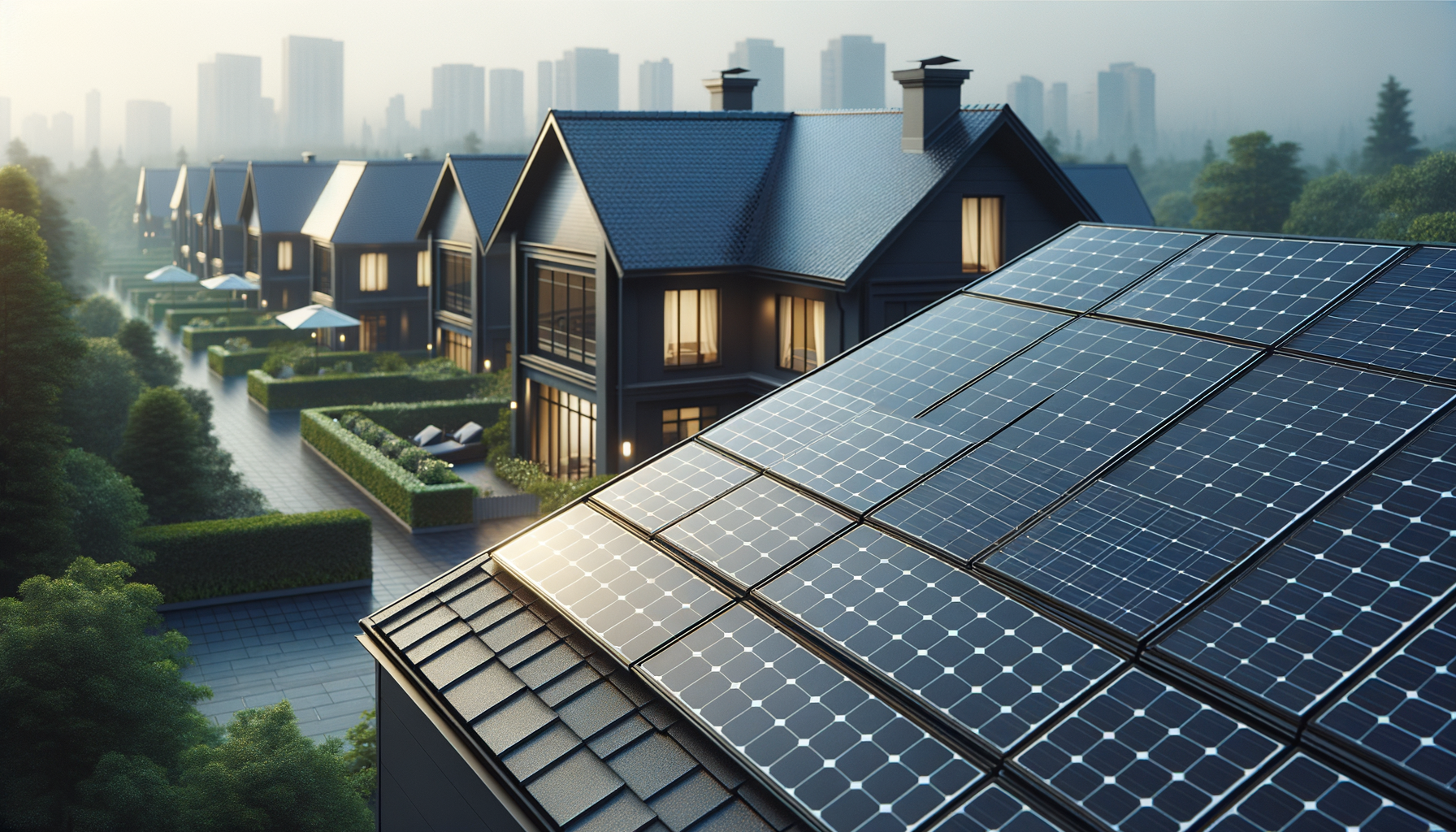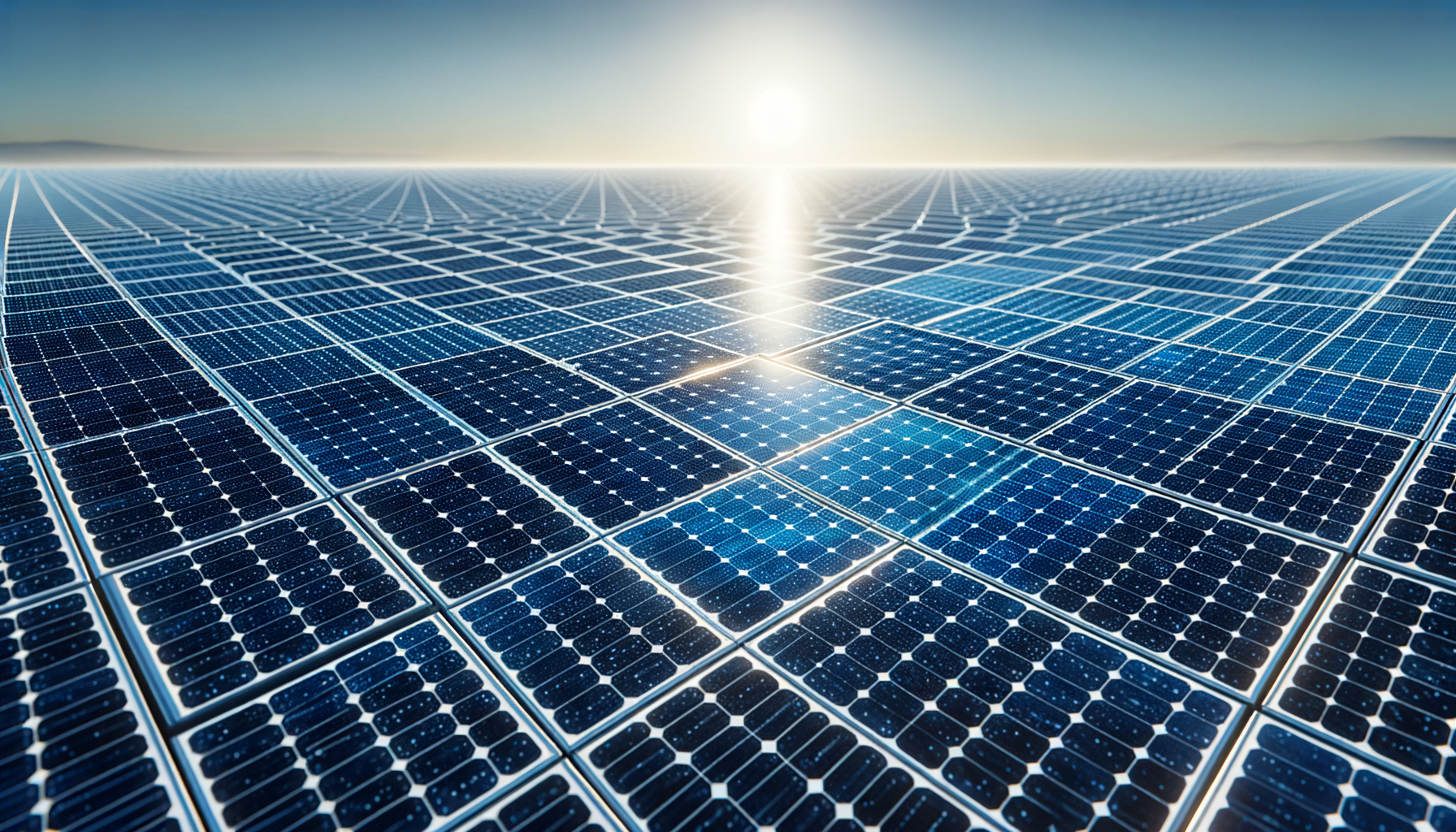Monocrystalline vs. Polycrystalline Solar Panels: Understanding the Difference

Updated 4 months ago
Monocrystalline vs. Polycrystalline Solar Panels: Understanding the Difference
As the demand for renewable energy continues to grow, homeowners and businesses alike are increasingly turning to solar power as a sustainable solution. Utilizing the sun’s energy through solar panels is not just environmentally friendly—it’s becoming an economically wise choice as well. However, selecting the right type of solar panel for your specific needs can be daunting. In this in-depth exploration, we'll demystify the two most common types of solar panels: monocrystalline and polycrystalline. Understanding their benefits, limitations, and cost implications will empower you to make an informed decision.
What are Monocrystalline Solar Panels?
Monocrystalline solar panels are made from single-crystal silicon. Their cells are cut from a cylindrical silicon ingot grown from a high-purity, single-crystal silicon boule. This method gives the cells a uniform appearance, with a characteristic black or dark blue hue. Monocrystalline panels are known for their high efficiency and excellent performance in low-light conditions.
Benefits of Monocrystalline Solar Panels:
- Higher efficiency rates (typically 15-20%)
- Longer lifespan (often exceeding 25 years)
- Smaller space required for installation due to higher efficiency
- Aesthetically pleasing due to their uniform look
Limitations:
- Higher cost compared to polycrystalline solar panels
- Performance can diminish if covered with dirt, snow, or shade
What are Polycrystalline Solar Panels?
Polycrystalline solar panels, also known as multi-crystalline solar panels, are comprised of multiple silicon crystals in each cell. They have a distinctive blue, speckled appearance, and while they are generally less efficient than monocrystalline panels, they offer a more affordable option for consumers looking to invest in solar energy.
Benefits of Polycrystalline Solar Panels:
- More budget-friendly than monocrystalline options
- Less waste during the manufacturing process
- Good performance in moderate climates
Limitations:
- Lower efficiency rates (typically 13-16%)
- Larger area required for installation due to lower efficiency
- Shorter lifespan compared to monocrystalline panels
Efficiency and Performance
When it comes to efficiency, monocrystalline panels are the clear winner. The high-purity silicon used in their construction allows for better electron flow, thus generating more electricity from the same amount of sunlight.
However, polycrystalline solar panels are not to be underestimated. While they may require more space to match the power output of monocrystalline panels, they still offer a solid performance that can be suitable for larger installations where space is not a constraint.
Cost Considerations
The decision between monocrystalline and polycrystalline solar panels should also take into account cost factors. Monocrystalline panels, while more efficient, come with a higher price tag. This makes them a significant upfront investment. Conversely, polycrystalline panels are less costly and can lead to immediate savings. However, over the lifespan of your solar array, the higher efficiency of monocrystalline panels could translate to greater savings overall.
Suitability for Your Property
Another consideration is your physical location and the amount of available space. If you have limited roof space but want to maximize solar capture, monocrystalline solar panels may be the right choice. If you have ample space and live in an area with moderate climate conditions, polycrystalline panels can provide a cost-effective and efficient alternative.

Environmental Impact
Both types of panels help to reduce your carbon footprint, but it's worth noting that manufacturing monocrystalline panels requires a more energy-intensive process. Polycrystalline panels, on the other hand, have a somewhat greener manufacturing process with less silicon waste. As you decide between the two, consider not only the personal financial impact but also the environmental one.
Installation and Maintenance
Both monocrystalline and polycrystalline solar panels have similar installation processes. Professional installation is recommended for both, ensuring optimal angle and exposure to sunlight. Maintenance for both types of panels typically involves regular cleaning to remove dirt, leaves, and snow that can impact performance.
Monocrystalline panels may offer a slight advantage in maintenance due to their efficiency and resistance to obstructions. The higher efficiency means less capacity lost when part of the panel is covered or shaded.

Making the Right Choice
Choosing between monocrystalline and polycrystalline solar panels hinges on numerous factors, including budget, space, energy needs, and personal preferences. It's important to assess your unique situation and determine which option aligns best with your long-term energy goals.
No matter which option you choose, embracing solar energy is a step towards a more sustainable future. With thorough research and careful planning, your solar panel investment will pay dividends in the years to come, both financially and environmentally.




